“I’ve learned that people will forget what you said, people will forget what you did, but people will never forget how you made them feel.” – Maya Angelou. The market for managing customer experience is projected to grow to $14.5 by 2024. Companies are taking customer experience very seriously.
According to Gartner, 89% of businesses plan on competing on the customer experience they provide. Most corporate buyers already expect to find the same buying experience online for B2B as they encounter with their B2C customers.
80% of customers think their customer experience is as important as the product or service they purchase. 57% have started buying from the competition because they were not happy with the buying experience. Are your customers part of the 57%?
A killer customer experience strategy pays off. 95% of customers will buy again if they trust your company. Trust results in loyalty and loyalty results in higher lifetime customer value. And building maximum lifetime customer value is what it’s all about. Leverage technology to help you design and execute a killer B2B customer experience strategy.
IMAGE: UNSPLASH
Understanding The Real Difference Between B2B And B2C
Yeah, yeah we all know the difference between B2B and B2C is that B2C sells to end consumers and B2B sells to companies. If you think that’s the only difference, you’re dead wrong. To create a killer customer experience strategy, you must understand that B2B doesn’t sell to companies, it sells to people that work for companies. These people are driven by a need to:
- Solve their problems
- Make their job easier
- Form lasting relationships they can rely upon in the future.
The B2B buying process usually involves many people and each person has their own unique goals and pain points. Your customer experience strategy must address every player at every stage of their journey.
By automatically segmenting visitors, respecting their time, personalizing their experience through your B2B eCommerce platform, with personalized prices, discounts, catalogs, payment options, conversational landing pages, chatbots, and providing superior customer service you’ll close the gap between customer experience expectations and customer experience delivery. Here’s how the strategy works.
It’s All About The Product, The Customer, And The Relationship
Your killer customer experience strategy begins with a deep understanding of your offerings and what they offer your target audience.
What You Bring To The Table
It’s crazy how many businesses don’t understand their product from the customer standpoint. And if you’re going to create a killer customer experience, you’ve got to start thinking about what you have to offer from the customer’s perspective. Walk around in your customer’s skin for a bit and answer these questions:
- What does your product/service do?
- What problems do you solve?
- What benefit does each feature provide?
- What pain points can you alleviate?
- What’s the one thing everyone loves about your product/service?
- How are you unique?
Now that you really understand what you bring to the table, it’s time to figure out what kind of buyer wants what you have to offer.
Do Your Research
Here’s where the rubber meets the road. You’re going to put together the demographic and psychographic information on your potential customers that will allow you to home in like a laser on your target audience and craft that killer customer experience.
Get Demographics On Existing Customers
There’s a 99.9% chance that future customers will look like your existing customers. Dive into:
- Geographic location
- Age range
- Stage of life
- Language spoken
- Outside interests
- Purchasing habits.
Add Social Media Data
Take what you know about existing customers and add information from your social media audiences. Get this information from:
- Buffer Analyze
- Facebook Audience Insights
- Twitter Analytics,
- Social Rank for Instagram
- LinkedIn Page Analytics
- Pinterest Analytics
Survey Your Customers
Challenge long-held assumptions about your customers. Compare what you bring to the table with the people that are interested in what you offer. According to Gregg Hasbritt, founder of SimpleWealth.com, you can’t let personal experience and knowledge lead you into believing you understand your target market without conducting research.
He told Entrepreneur, “Don’t assume that you can think like your target market. You have to ask them and talk to them to really understand them.” So create customer surveys with 5 to 10 questions as part of your research. Tools like SurveyMonkey make it easy.
Create Your Target Market Statement
Distill everything you know about your target market into a simple statement. This statement should include three or four key identifiers. The Zipcar brand message reflects a company that clearly understands its target:
“To urban-dwelling, educated, techno-savvy consumers who worry about the environment that future generations will inherit, Zipcar is the car-sharing service that lets you save money and reduce your carbon footprint, making you feel you’ve made a smart, responsible choice that demonstrates your commitment to protecting the environment.”
Zipcar knows it’s going after a market of people that live in cities, are highly educated, comfortable with technology, and are worried about the environment. In addition, these people are interested in ways to save money and feel good about themselves. It didn’t indicate gender or age, and you may find that like Zipcar, those demographics aren’t relevant to your business.
Develop Your Buyer Persona
Buyer personas or avatars are thumbnail sketches of the buyers you are targeting. You can give them an individual name, but they represent a distinct segment. Build personas with demographic data that tells you who they are and what you discovered about their pain points to tell you what motivates them.
Use chatbots to create segments, such as returning customers or to identify multiple personas within one company. In B2B you’ll create multiple personas for each segment. If you sell office products, you’ll need one persona for the buyer at a company with 25 people and another for the buyer at a Fortune 500 company.
Design Your Customer Journey Leveraging Technology
If you’re going to execute a killer customer strategy, you’ve got to make sure you’ve got every touchpoint covered. It’s not as hard as you think. Start with the stages of the journey:
- Awareness
- Interest
- Decision/purchase
- Loyalty
For each step identify every touchpoint. Touchpoints can be anything from billboards or ads in an industry journal to online interactions like a website visit. Every touchpoint is a chance to delight your customer and technology makes it easier than ever.
Awareness
Search engines, social media, and groups feed the funnel in this stage. Leads might not know your brand or product. They just know they need to solve a problem. Provide high-quality content that encourages them to stick around and find out more. Your call to action is to read more. They aren’t ready to buy, don’t make them an offer.
Use chatbots to monitor visitor behavior as they move about the website and segment based on this behavior. A visitor spending an extensive amount of time on a product or category page is probably doing product research. Enhance the customer experience with chatbots that offer more content in the awareness stage.
Interest
Returning visitors are showing interest and they deserve special attention. Since the last visit, they may have visited competitor websites or talked with others in their buying chain about your company or products.
A return visit makes them ripe for conversion. Use a chatbot to welcome them back and address any questions or concerns they may have about your products or company. A warm welcome and an offer of assistance make the customer feel valued and improves their customer experience.
Decision/Purchase
Maybe the visitor creates a cart but doesn’t complete the purchase experience. It happens a lot. Research shows that 70% of new shoppers abandon their carts and 80% of returning visitors abandon their carts. Segment this audience and engage with chatbots or launch an email campaign structured to close the sale. As you design your interactions, keep in mind that several people from one company might be engaging your brand.
Using contact chatbots that segment by the company allows you to create the experience each person in the buying chain desires. However you design your technology-based interactions, you want to keep in mind a few universal keys to exceptional B2B customer experience.
Loyalty
Killer customer experience continues after the sale. Now’s the time to really delight. Use chatbots to enhance online customer service. Chatbots are perfect for answering order status and shipping questions. Then follow up with customer surveys to keep your finger on the pulse of the experience you’re providing.
3 Pillars Of B2B Customer Experience
McKinsey & Company finds that B2C customers are happier with their buying experience than B2B customers. Improve the journey by using the three pillars of B2B customer experience:
- Respecting their time
- Personalizing when and where possible
- Providing the support they need.
Respect The Client’s Time
B2B buyers are executing a job duty. They want to do it as effortlessly and painlessly as possible and with a minimum of friction. When designing a website, respect client time by respecting their clicks.
Use a minimum number of clicks to find a product, add it to the cart, complete the order, and arrange for payment. Every click is a barrier and creates friction in the customer experience. A killer customer experience strategy removes barriers and reduces friction. Just take a look at how the following sellers are doing it right.
Minimize Clicks
Fabric seller Rapee let’s you download a catalog in only 3 clicks, including the click on the menu.
Shoe seller Samuel Hubbard goes one better. From their home page, you can have FreeSpirit shoes in your cart in 2 clicks.
Everything you need to know about the shoes and purchasing shoes from Samuel Hubbard is on one page. There’s a sizing chart, shipping and returns policy, reviews, and a phone number or a chatbox for questions or more information..
Onsite Search
If you offer an extensive number of lines and SKUs, make it easy to find what buyers need by providing onsite search with autocomplete and helpful chatbots. Why stop with search by product?
In addition to standard product search, offer:
- Search by feature
- Search by pain point
- Search by descriptor (such as size or color)
- Search by keyword
The easier it is to find the product, the easier it is to get it in the cart and the greater your chances of conversion.
Stock Notification
Let buyers know stock status before they place an order. For B2B buyers, product availability is a key differentiator. No buyer wants to get a backorder notice after the order is placed. It’s a sign of disrespect, not part of a killer customer experience.
Auto parts wholesaler, TruPar, shows:
- stock status,
- standard quantity discounts
- chat bot for additional assistance.
Each element removes friction and is a great example of killer customer service strategy in action.
Single Page Checkout, Guest Checkout, Chat Bot Assisted Checkout
A killer customer experience doesn’t end with a product in the cart. Avoid abandoned carts by making the checkout as easy and effortless as possible. A Banyard study found that 27% of abandoned carts are caused by an overly complex and complicated checkout workflow that had too many steps. . A single page checkout workflow solves that problem.
This multi-step workflow appears to the user as a one-step process.
Take it a step further and allow customers to checkout without registering for an account. You may even reduce your cart abandonment because 14% of shoppers will abandon a cart if they must create an account to checkout. Guest checkout workflows may not capture all the information you want for marketing purposes, but they do grab sales.
Or you can even add a chatbot based on the URL of your checkout page. This chatbot could assist customers in the checkout process or answer questions about terms, shipping, etc. It’s another way you improve the customer experience by removing barriers and reducing friction.
Personalize Whenever And Wherever Possible
When you personalize, you acknowledge that the customer is a person and not an account number and that makes them feel good all over. Even if you don’t have much information about a lead, you can still do some level of customization.
For example, you can use chatbots to gather data about a website visitor, segment the visitor based on this data, and then launch a personalized email chain. Conversational landing pages are another way to personalize content for the customer. With your marketing message fresh in their minds, in a click they land on a page designed to start a conversation Here’s what one might look like:
It doesn’t need to include much content, just enough to get the conversation started. Or you could create specialized landing pages for new customers that offer a new customer discount or promotion not available to existing customers.
The customer experience strategy for existing customers should lean heavily on personalization . Personalize based on:
- geographic location
- needs
- internal hierarchy
- negotiated contract provisions.
Existing customers should see a storefront that displays personalized negotiated prices, terms, and products.. Personalization makes them feel positive about their customer experience and provides the opportunity to upsell and cross sell for increased profit. A hospitality buyer that purchases cotton mattress covers might see this upsell promotion:
B2B customers l appreciate a personalized customer journey based on their internal hierarchy. If a purchase of 2500 widgets requires approval of person A and person B, the checkout workflow should be personalized for each.
When person A checks out, they can receive a screen that thanks them for the order and lets them know that it has been forwarded to person B for additional approval. Person B receives notification, logs in, and approves the order through a different checkout workflow that submits the order and notifies person A the order was placed. Both A and B get what they need to do their job.
Go back to your persona pain points and see how personalization can improve the customer journey to improve the customer experience.
Offer Impeccable Support
The customer experience doesn’t end with the sale. Exceptional support after the sale is a clear sign you respect your customers and want to help them as much as possible. Make commonly requested post-sale support self-serve.
For example, for PBE Jobbers Warehouse knows that in the paint and body supply wholesaling business, it’s common for customers to request Technical Data Sheets (TDS) and Safety Data Sheets (SDS) after the sale. That’s why these files can be downloaded directly from the website 24 hours a day 7 days a week. No need to call or email, the info is readily available.
Chatbots can also help after the sale. A chatbot on the product support page helps customers get the help they need as easily as possible.
As you can see, this chatbot on a support page offers to help right away. The customer might have been searching a database of topics for the answer to their problem when Jeff offers to help. At this point, the customer has the choice to continue on their own or engage with the chat to get the help they need. This is a great example of a customer experience that gives the customer the option of engaging in the manner they prefer.
Other ways to offer support are self-help portals, videos, online product manuals, and troubleshooting guides. Improve customer support with CRM data that captures customer interactions for a 360° degree view of your customers.
If a customer makes multiple contacts it should be immediately apparent. Integrate your CRM, eCommerce platform, and ERP fully so that data flows freely to provide the best customer service possible.
What You Get for Your Efforts
As you see, developing and executing a killer customer experience strategy isn’t easy. But the rewards are worth it. According to Harvard Business Review organizations that nail it are rewarded with:
- Enhanced customer satisfaction
- Reduced churn
- Increased revenue
- Greater employee satisfaction
If you are interested in even more business-related articles and information from us here at Bit Rebels, then we have a lot to choose from.

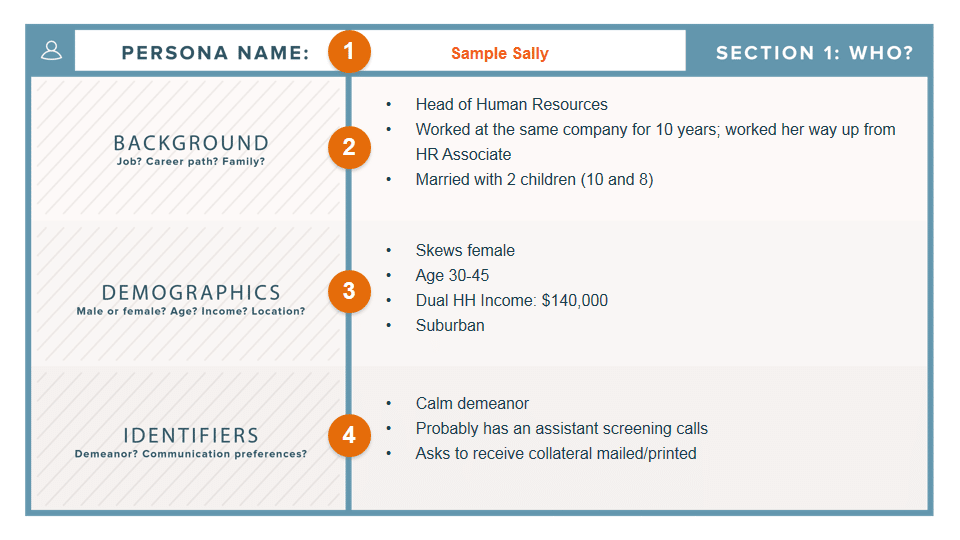
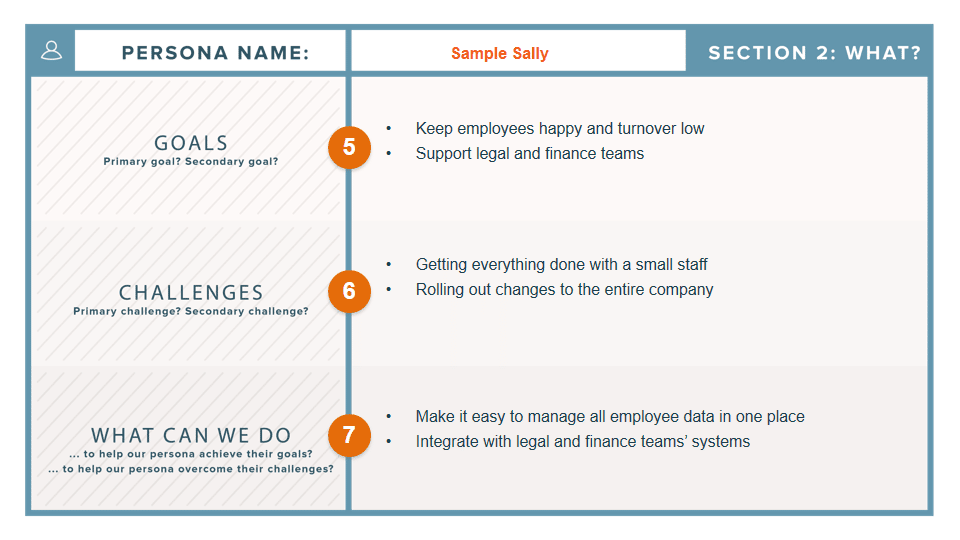
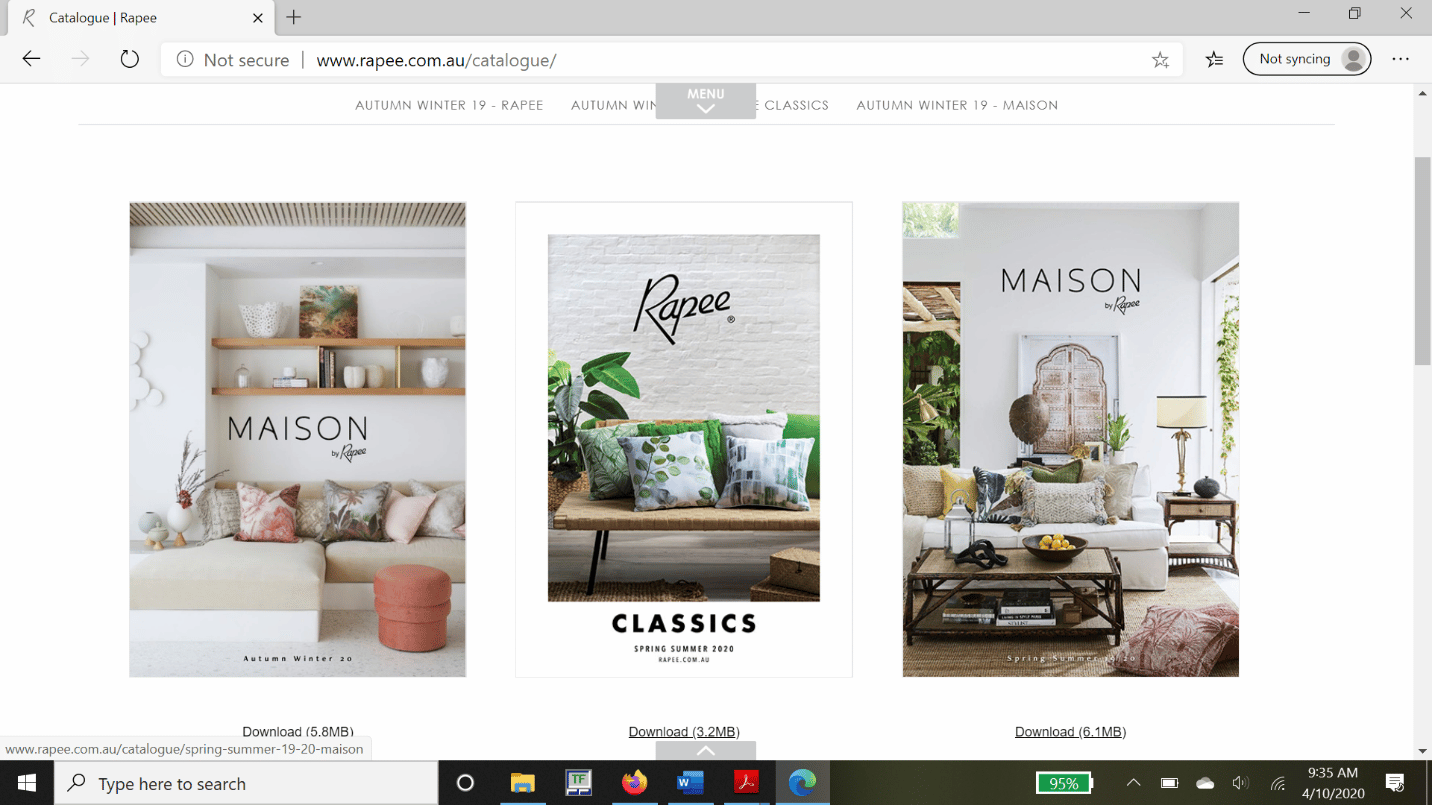
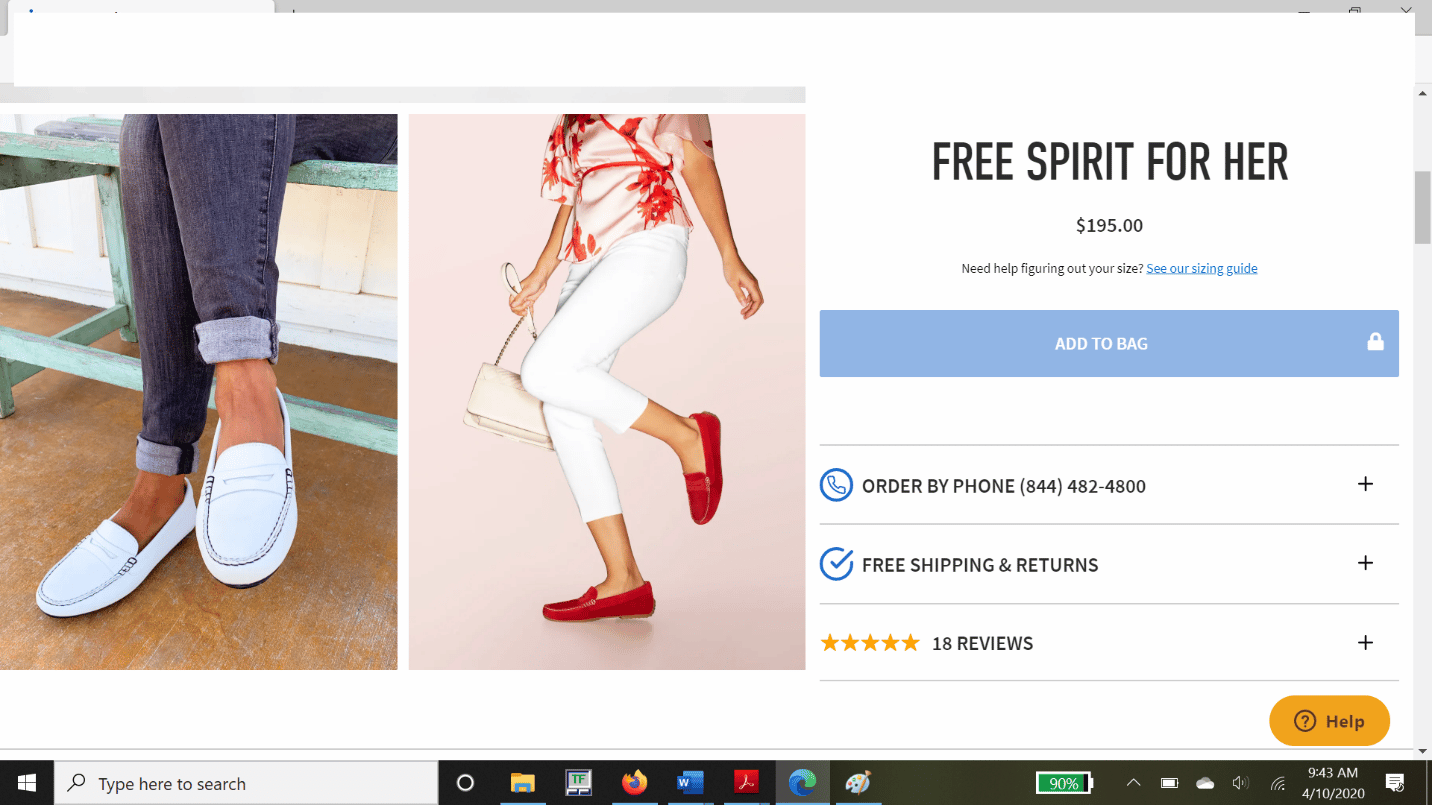
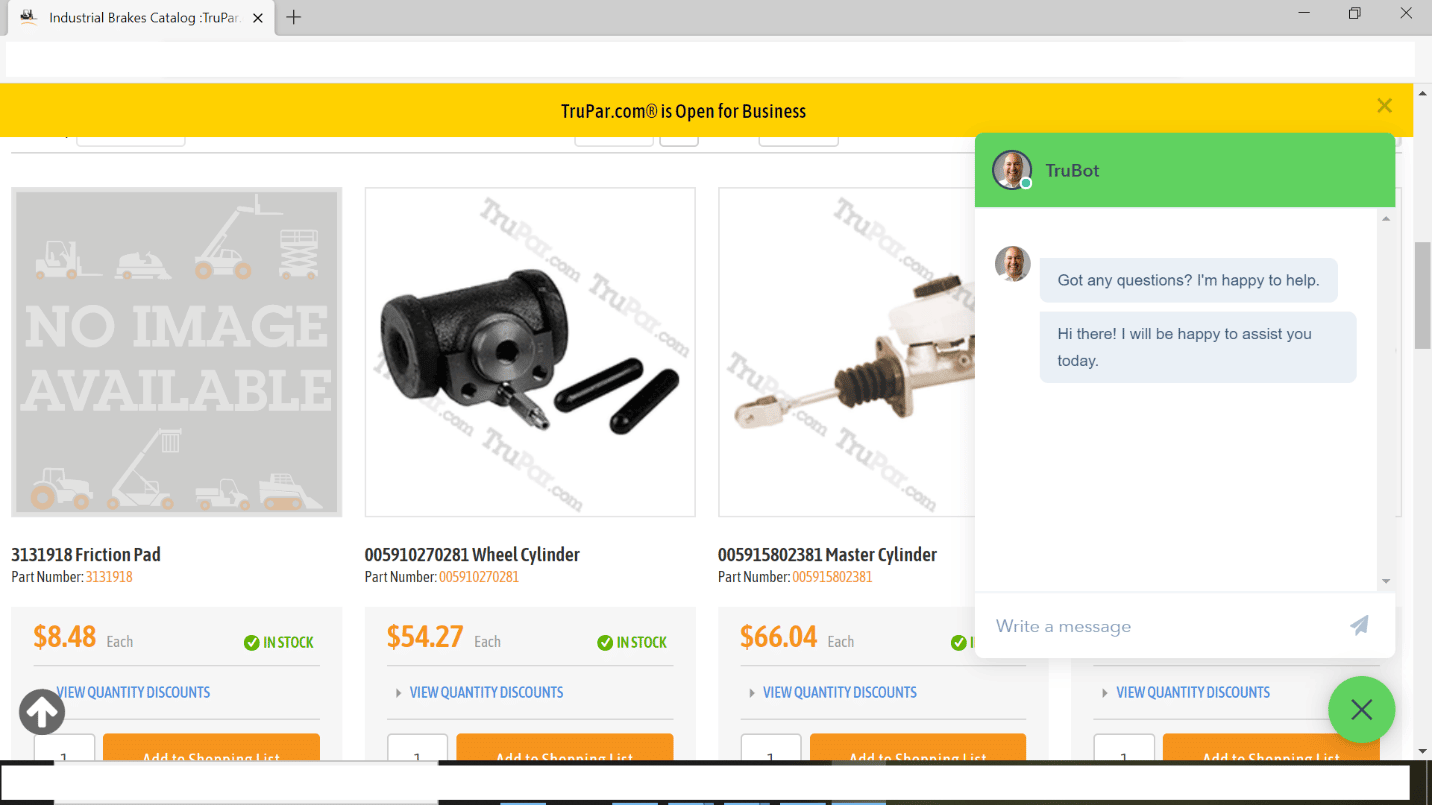
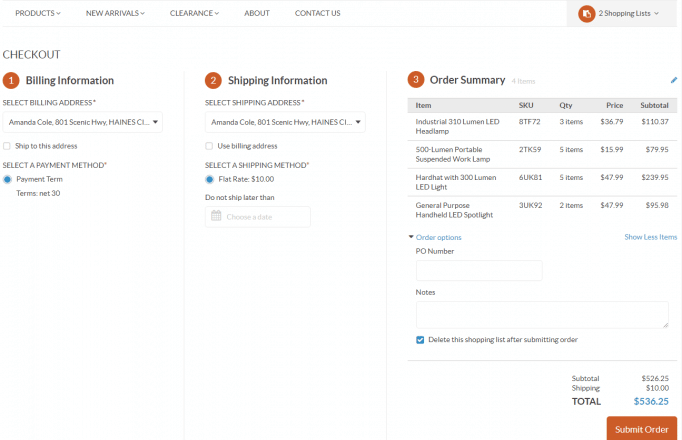
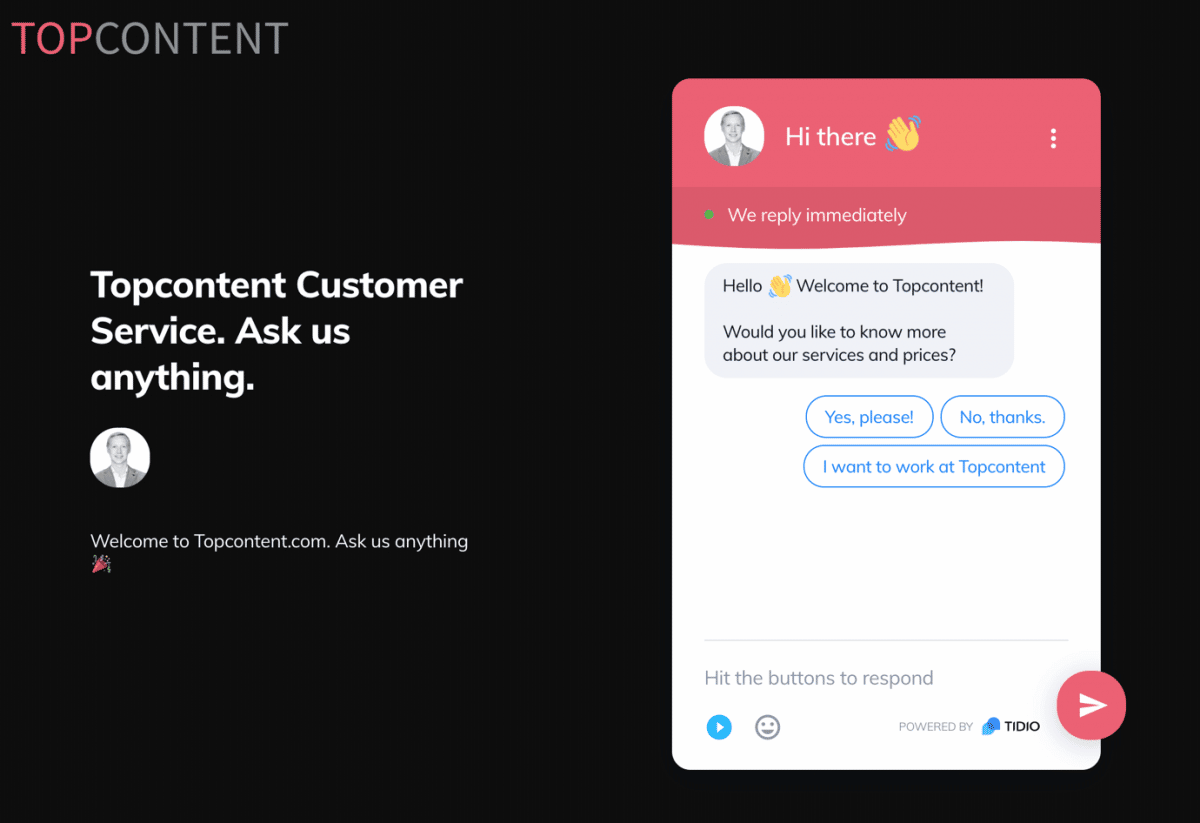


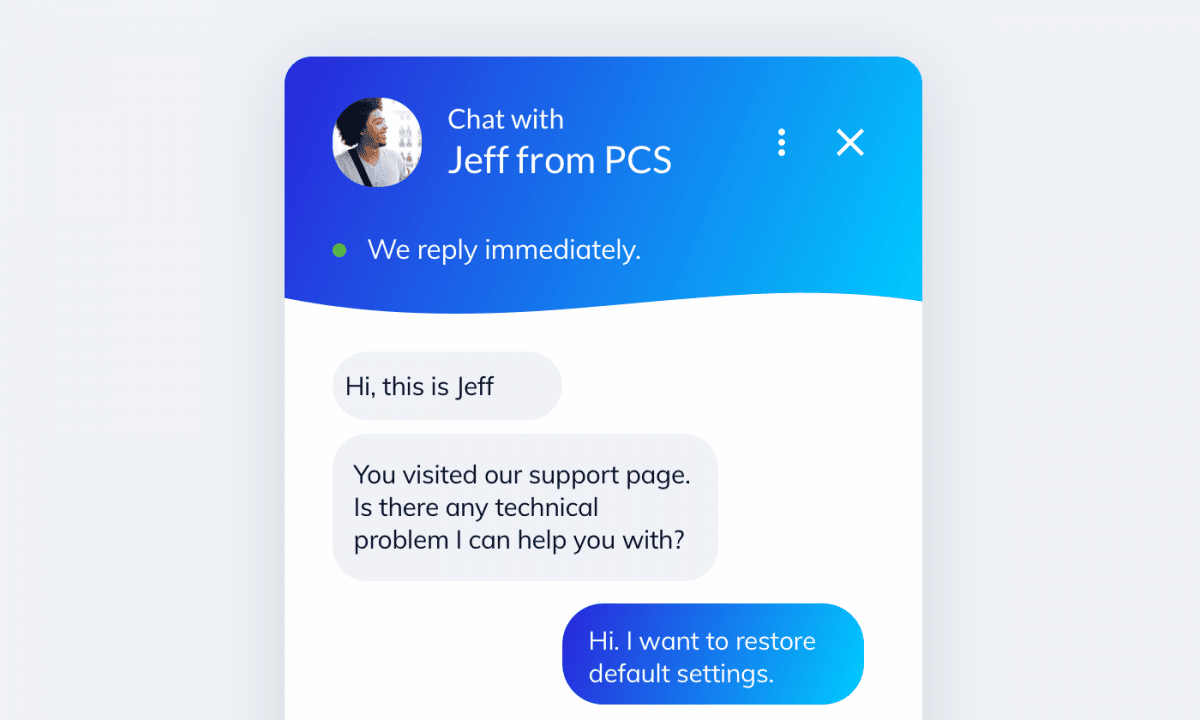

COMMENTS